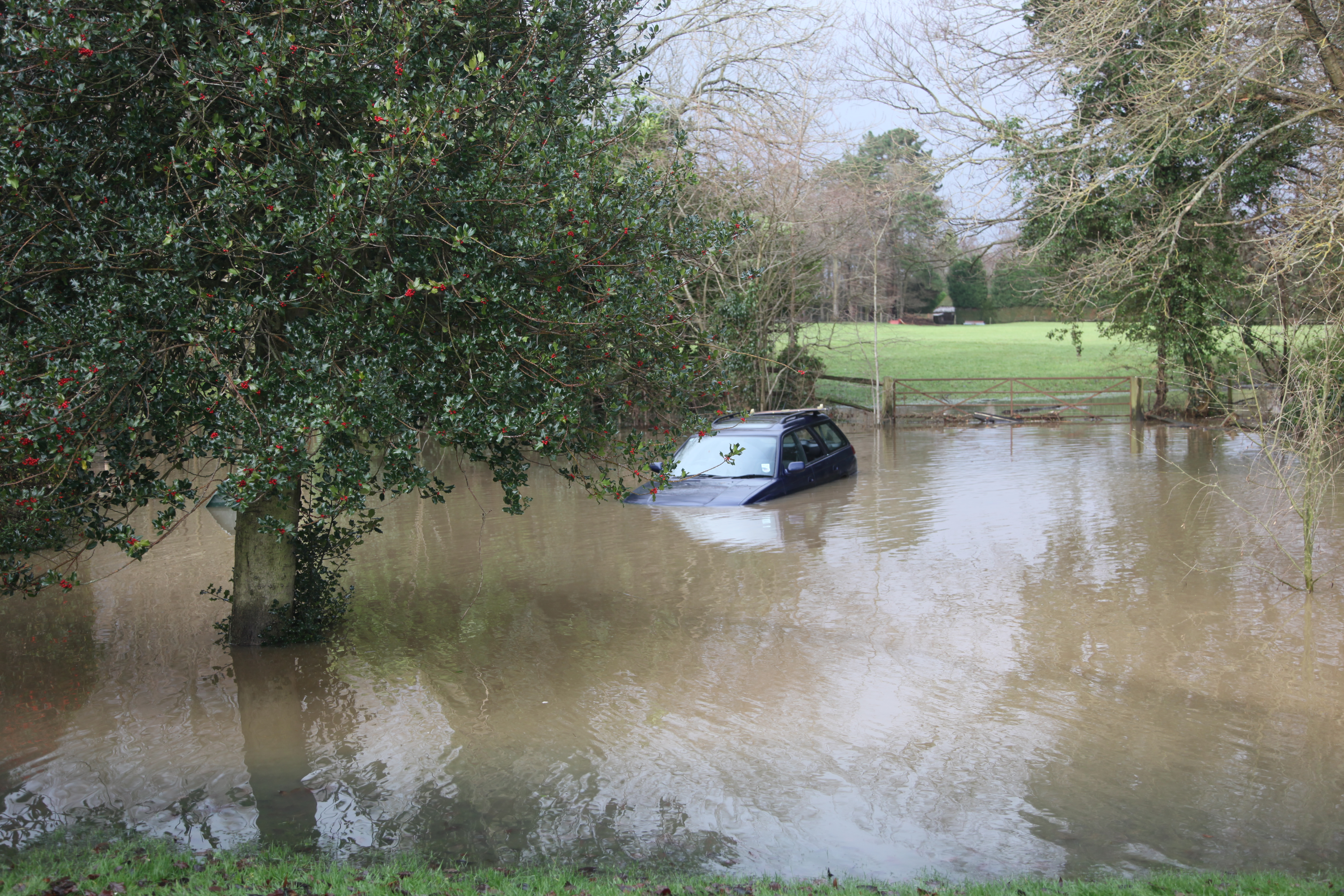WATER NEUTRALITY and EVERYONE’S WATER FOOTPRINT
Water is an essential natural resource and the world’s freshwater supply is shown to be gradually decreasing year by year. Environment agencies and institutions have started to explore the concept and process of Water Neutrality as people across the globe begin to recognise the importance of their water footprint. It is a possible solution to reduce water usage and encourage positive actions within communities.
MAINTAIN THE BALANCE OF WATER USES AND REPLACEMENTS FOR EVERY DEVELOPMENT, TOWN AND VILLAGE, EVERY PERSON
Water neutrality is the process whereby communities and institutions maintain a balance in their water usage by investing and funding projects that help to increase freshwater supply and reduce water usage. The development of a water neutral project will not add pressure to the overall water demand of a region. It will eventually have a net-zero impact on natural water supplies.
Water neutrality will become a necessary requirement for all developments in the future as the existing water supply in the world decreases. After a new development is constructed the total water demand should be the same as it was before the development was started.
There are 3 steps to achieving water neutrality:
- Reduce water usage
- Reuse water
- Offset water
Reducing water usage – Efficient water devices for taps, toilets, urinals, showers and other appliances such as low flush systems. Smart meters can indicate to consumers how much they are using and whether there are any leaks.
Reusing and recycling water – Rainwater harvesting systems from roofs, which can either be on an individual dwelling basis or for whole new developments. Grey water recycling from showers, etc which can be used again but requires a separate set of pipes and drains. Black water recycling is usually the water recycled from toilets which needs to go through several treatment processes.
Offsetting water – Funding water efficiency audits. Retrofitting houses, schools and public buildings to enhance water efficiency.
It is estimated that a water neutral home could save about 112,000 litres of water per year and around 43.8 kg of carbon emissions produced from the water supply. A home might reduce water and energy bills by approx. £44 per year. It also is good for the environment as it reduces the amount of water taken from rivers, lakes and groundwater sources.
Gatwick Sub Regional Water Cycle Study
Water neutrality is not currently defined in legislation but is drawn from the Gatwick Sub Regional Water Cycle Study which states that ‘For every new development, total water use in the Sussex North Water Supply Zone after the development must be equal or less than the total water use in the region before the new development.’ Southern Water’s Sussex North Water Supply Zone is the first area in the country to apply this requirement. However, water neutrality will increasingly be necessary in other areas as demand for new housing is implemented. The Environment Agency has produced a list of areas which are subject to serious water stress. This covers many water companies in the Midlands and in the South East, including Thames Water which serves the Cranleigh area.
The Environment Agency
The Environment Agency has concluded that water neutrality will become a key factor in balancing the Government’s policy of delivering an accelerated rate of housing growth against constraints on the current and future availability of water resources. Achieving 100% level of water neutrality is an aspiration and it may not be possible or appropriate to set such a demanding target. Drivers and constraints are likely to be applied which will result in a lower %.
Nutrient neutrality and water neutrality are separate issues
Nutrient neutrality and water neutrality are separate issues with different causes but both effectively create a moratorium on new development. The Local Government Association has established guidelines to tackle both of these problems. Cleaning up our water courses is a crucial issue and is the responsibility of both the water companies who are still discharging raw sewage into rivers on a regular basis and the farming industry which will need to be given better guidance on the use of fertilisers and livestock practice in areas affected by nutrient neutrality.
ACTION REQUIRED
The level of action required to address water supply issues can be summarised as follows:
Water Companies – Reduce leaks, provide infrastructure to increase supply and to change practices to reduce demand for water.
Industry and agriculture – Change practices to reduce demand for water.
Owners of existing homes and buildings – Change practices to reduce demand for water.
Developers – Build to the highest standard of water efficiency.
In conclusion, we as individuals or through pressure groups, must continue to press our Local and District Councillors for the introduction of both nutrient neutrality and water neutrality in their Planning Policies so that improvements can be made in coming years for the benefit of future generations.
Reference sources:
Sigma Earth water neutrality and how it can be achieved
https://sigmaearth.com/water-neutrality-how-can-it-be-achieved/
Environment Agency
http://publications.environment-agency.gov.uk/water-neutrality
West Sussex Council
westsussex.gov.uk/media/17040/ne_positionstatement.pdf
Local Government
https://www.local.gov.uk/publications/stuck-neutral-call-partnership




